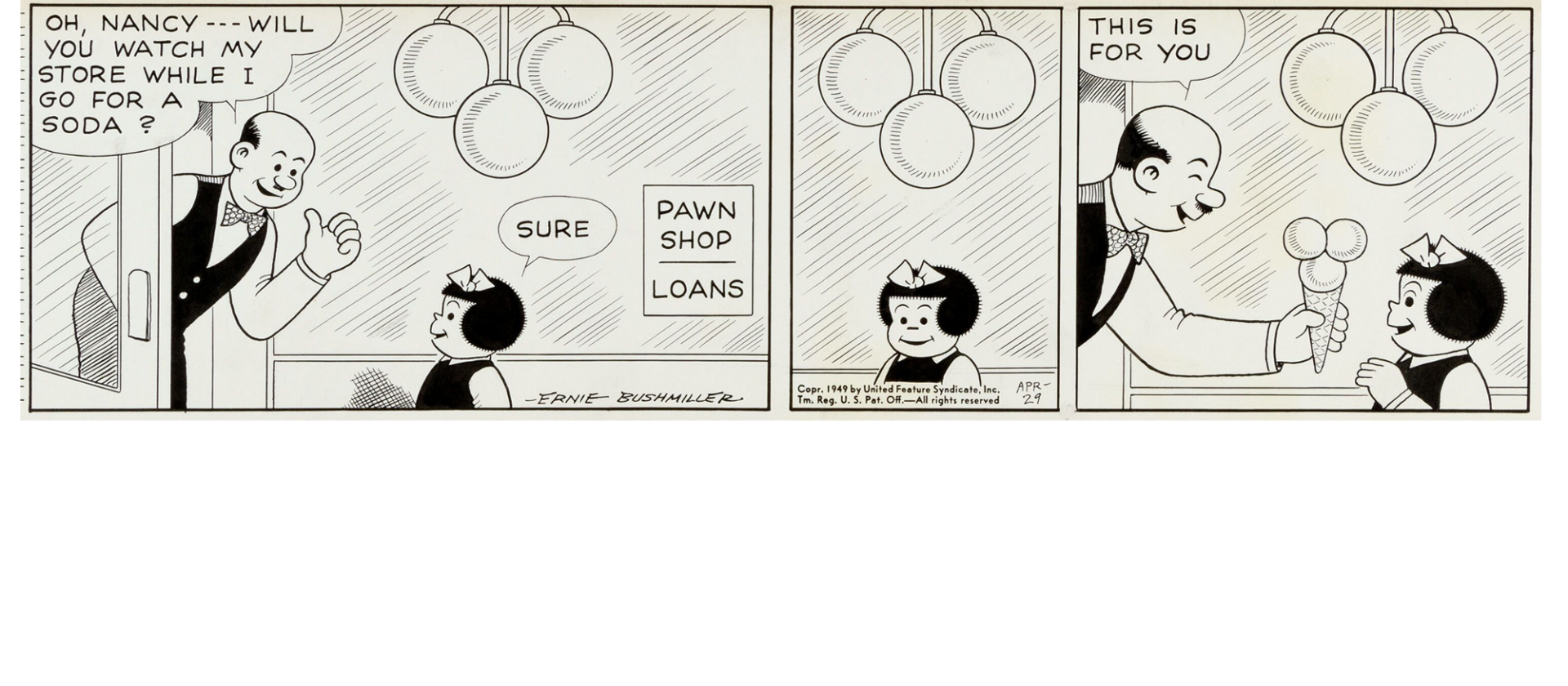“U.S. family tries living without China”
By Cynthia Osterman
SEATTLE (Reuters) – Lamps, birthday candles, mouse traps and flip-flops. Such is the stuff that binds the modern American family to the global economy, author Sara Bongiorni discovers during a year of boycotting anything made in China.
In “A Year Without ‘Made in China,'” (Wiley, $24.95) Bongiorni tells how she and her family found that such formerly simple acts as finding new shoes, buying a birthday toy and fixing a drawer became ordeals without the Asian giant.
Bongiorni takes pains to say she does not have a protectionist agenda and, despite the occasional worry about the loss of U.S. jobs to overseas factories, she has nothing against China. Her goal was simply to make Americans aware of how deeply tied they are to the international trading system.
“I wanted our story to be a friendly, nonjudgmental look at the ways ordinary people are connected to the global economy,” she said in an interview before the book appears in July.
As a business journalist in Baton Rouge, Louisiana, Bongiorni wrote about international trade for a decade. “I used to see the Commerce Department trade statistics, the billions of dollars, and think it had nothing to do with me,” she said.
The reality was far different.
As the year unfolded, “the boycott made me rethink the distance between China and me. In pushing China out of our lives, I got an eye-popping view of how far China had pushed in,” she wrote.
About 15 percent of the $1.7 trillion in goods the United States imported in 2006 came from China, economist Joel Naroff writes in the foreword. Much of that is the manufactured stuff that fills Wal-Mart and other retailers — the necessities and frivolities sought by lower- and middle-income Americans.
Lower prices have been one benefit of Beijing’s rise and make it very hard for consumers to forswear Chinese imports.

